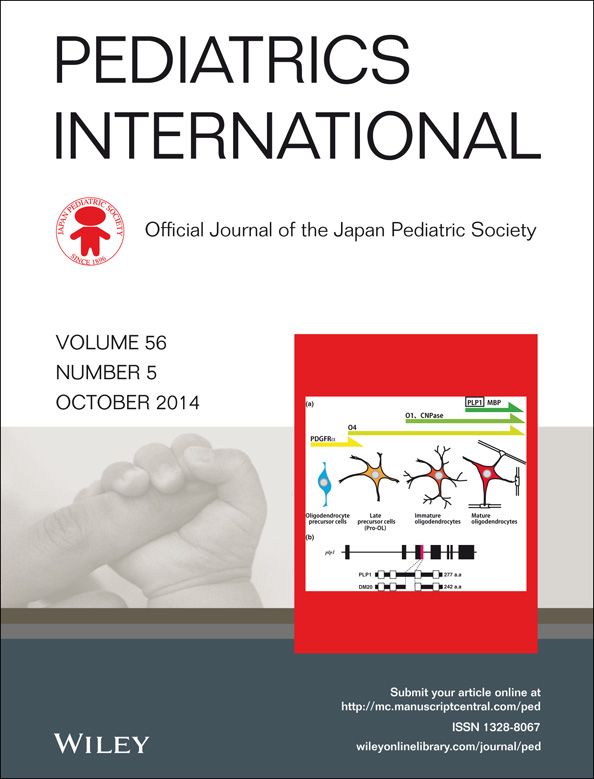Parotid lymphangioma associated with facial nerve paralysis
Abstract
Parotid lymphangioma is a relatively rare disease that is usually detected in infancy or early childhood, and which has typical features. Clinical reports of facial nerve paralysis caused by lymphangioma, however, are very rare. Usually, facial nerve paralysis in a child suggests malignancy. Here we report a very rare case of parotid lymphangioma associated with facial nerve paralysis. A 7-year-old boy was admitted to hospital with a rapidly enlarging mass in the left parotid region. Left peripheral-type facial nerve paralysis was also noted. Computed tomography and magnetic resonance imaging also revealed multiple cystic lesions. Open biopsy was undertaken in order to investigate the cause of the facial nerve paralysis. The histopathological findings of the excised tumor were consistent with lymphangioma. Prednisone (40 mg/day) was given in a tapering dose schedule. Facial nerve paralysis was completely cured 1 month after treatment. There has been no recurrent facial nerve paralysis for eight years.




